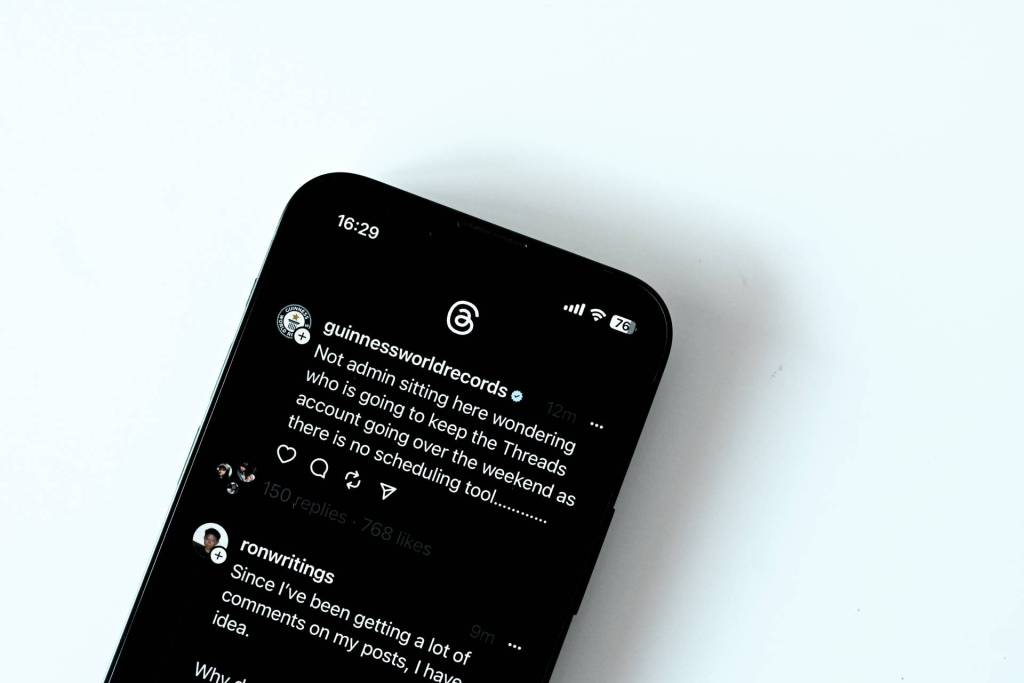Does your press release read more like a boring book report? From headline to call to action, you have under a minute to impress a journalist with your press release since they comb through so many on a daily basis. Don’t end up in the slush pile. Make your release relevant and engaging.
One study revealed one-third of reporters still get story ideas from releases, while 88 percent felt press releases are valuable. They want the facts without too many clever word choices and amplification. They also want to get the correct information. Here are six tips to improve your press releases and get more PR.
- Get to the Point
Know what “tl;dr” means? It stands for “too long, didn’t read.”
Your boiler plate release with over 600 words is mind-numbing, especially when you feel the need to add another several hundred words of “important” information. Don’t be guilty of superlative stuffing. Everyone’s events and announcements are “truly amazing,” so be real.
Brevity provides more clarity, so stick with the facts of who, what, when, where and why — how can be a thought-provoking and interesting way to leave them wanting more, perhaps an interview.
- The Headline Provides Incentive
While the headline should essentially summarize what’s happening in your press release, it needs more to proactively engage your audience. Think ahead to your call to action, so you know what your language and content are aiming for.
Provide incentive for the target audience to continue reading. Placing proper keywords and incentive toward the call to action in the headline will encourage engagement. Don’t be afraid to use eye-catching statistics and details, as long they’re relevant to the content.
- Double Check Contact Information
It sounds too easy, but is the contact information updated and relevant? Submitting a press release with incomplete, incorrect or irrelevant contact information leads a journalist on a wild goose chase and makes them not want to work with you in the future, no matter how good the story angle.
Don’t make reporters jump through hoops to get to the right contact. All your information may be correct and relevant, but if they’re constantly rerouted while trying to get a story in that benefits you, they’re going to move on.
- Get Stats Correct
Don’t pull statistics from the air without sources. Your release is likely to get tossed aside because the journalist sees no worth in digging out a story when you provide unreliable information.
You make journalists’ lives much easier when you provide the sources in the release. They can move on to focusing on a specific angle and present an in-depth story that reflects the subject brilliantly. When you have correct stats, you lead with authority by placing them in the header and email subject line without coming across as click-bait.
- Address Needs
Don’t address shareholders, and skip the business jargon. It looks like the client wrote the release and got someone to proofread it.
Use terms where relevant and address your target audience. What about this press release meets a need? Appeal to the audience’s needs by clearly providing a solution with details and how it enhances lives. How does the product or service do what it does, and why should people care? This part is the meat of the press release, and a story’s angle comes from how you communicate these details.
- Call to Action
The call to action (CTA) is stressed as an intrinsic part of a press release, but too many create a weak summary that resembles more of a conclusion than a CTA.
The CTA goes MIA. Say an executive was promoted or a new widget released. Great, but what next? Why should the audience want to learn more? What should they do as a result of the information given?
Cue your reader in with a strategically placed hyperlink near or within your CTA. Don’t spam products, but encourage the reader to learn more by visiting your website or a relevant page on the site. Think of a call to action as having three components: providing direction, information and opportunity to connect.
At first glance, these components are standard aspects of a press release — everyone knows this, right? Surprisingly, it’s too easy to pass over providing relevant and correct contact information. It’s too easy not to strategically utilize correct and shocking statistics or develop a call to action beyond summary.
Many press releases ramble on for two pages and inflate one’s ego when the real story is something else entirely. Address the who, what, when, where and why. Why does anything in the release matter? How will the product update do its job and solve the latest bug?
Many press releases fail to address the true needs of the target audience and miss the point by focusing on superlatives and irrelevant information. Use these tips, and your press releases will improve greatly — that means more PR exposure of the right kind.






